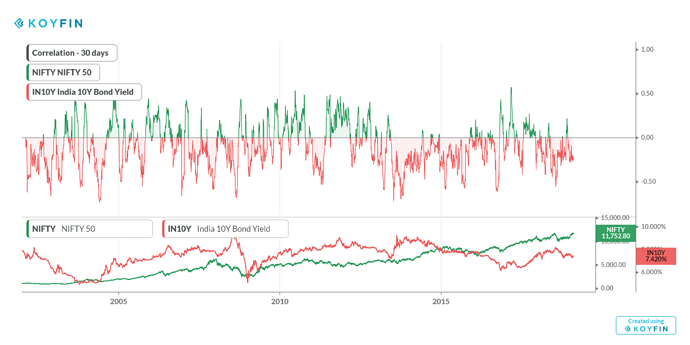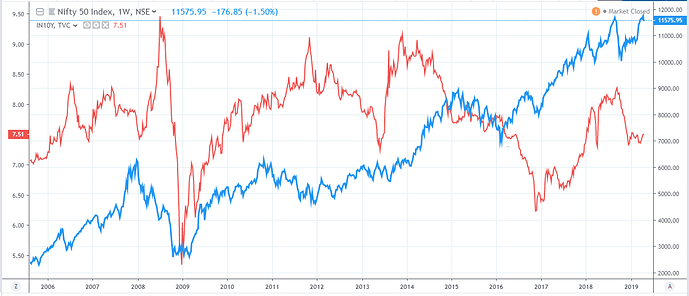It’s conventional wisdom that stocks and bonds have a negative correlation - meaning they move in opposite directions. And these two are the most used assets when building a diversified portfolio.
Equities are risky and hence they carry a risk premium compared to all other asset classes. That is the reason why equities have delivered higher returns historically. Bonds on the other hand, are viewed as an asset class that delivers steady and stable returns in a portfolio.
But how does this conventional wisdom holdup in real life? Are stocks and bonds always negatively correlated? It’s a fascinating question and the answer requires a lot of nuance and context.
I recently heard this episode on Odd Lots featuring Farouk Jivraj (head of investment strategies at Barclays) on the topic of the correlation between stocks and bonds. Farouk has spent a lot of time researching this relationship and in this episode he talks about:
- What does correlation and diversification mean
- How correlated were stocks and bonds throughout history
- How has the evolution of markets impacted the correlation between these 2 asset classes
- Why does correlation vary across time periods
- How did stocks and bonds become the 2 most popular choices for building a diversified portfolio
- Commodities as a asset class to diversify a portfolio
- Risky parity funds and their impact on market volatility
and a whole lot more. It’s a fascinating conversation and there were a ton of takeaways for me
This conversation is in the US context but the concepts hold everywhere. I also checked the correlation between Nifty 50 and the yield of Indian 10 year bond. Here’s how they stack up
Historical 30 day correlation from 2002 to date. In the image 1 is positive correlation and -1 is negative correlation. As you can see, stocks and bonds aren’t perfectly uncorrelated, they have positive correlation and negative correlation at times.
Here’s a better representation of correlation between Nifty 50 and the Indian 10 year bond yield from August 2005 to date
So, the take away is, an ideal diversified portfolio should have both stocks and bonds. Stocks to provide growth and bonds to provide stability.

